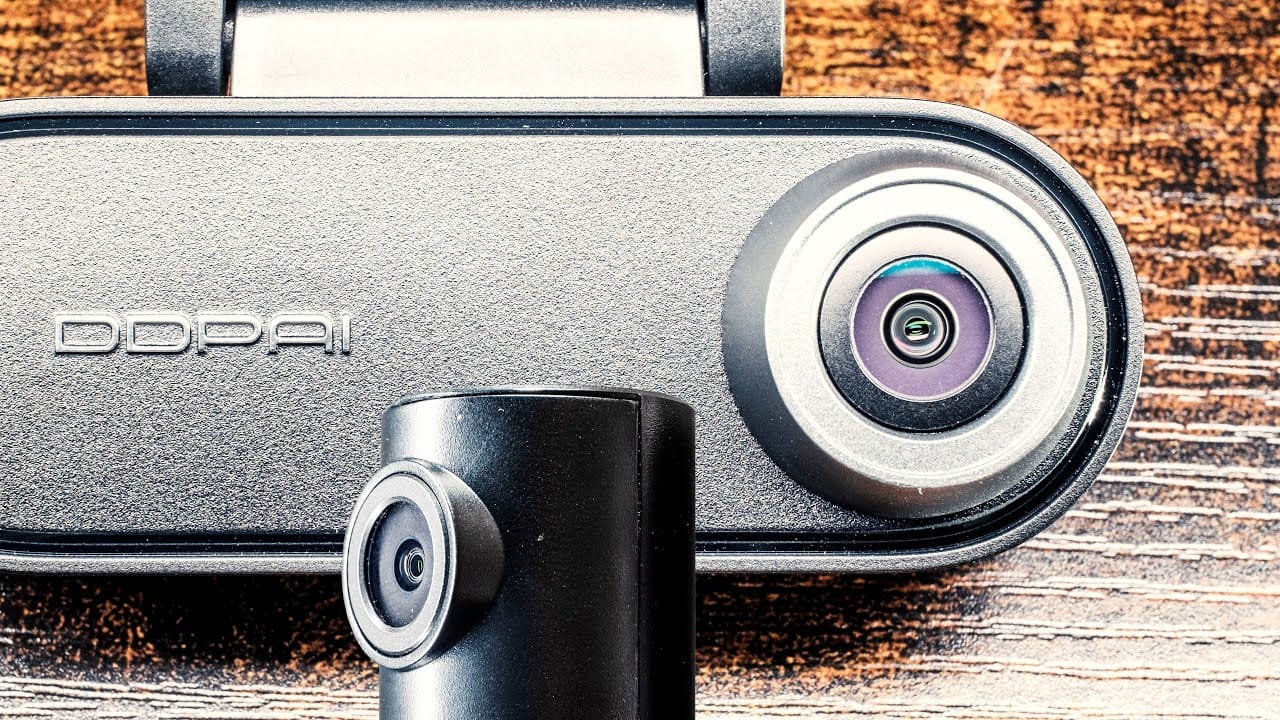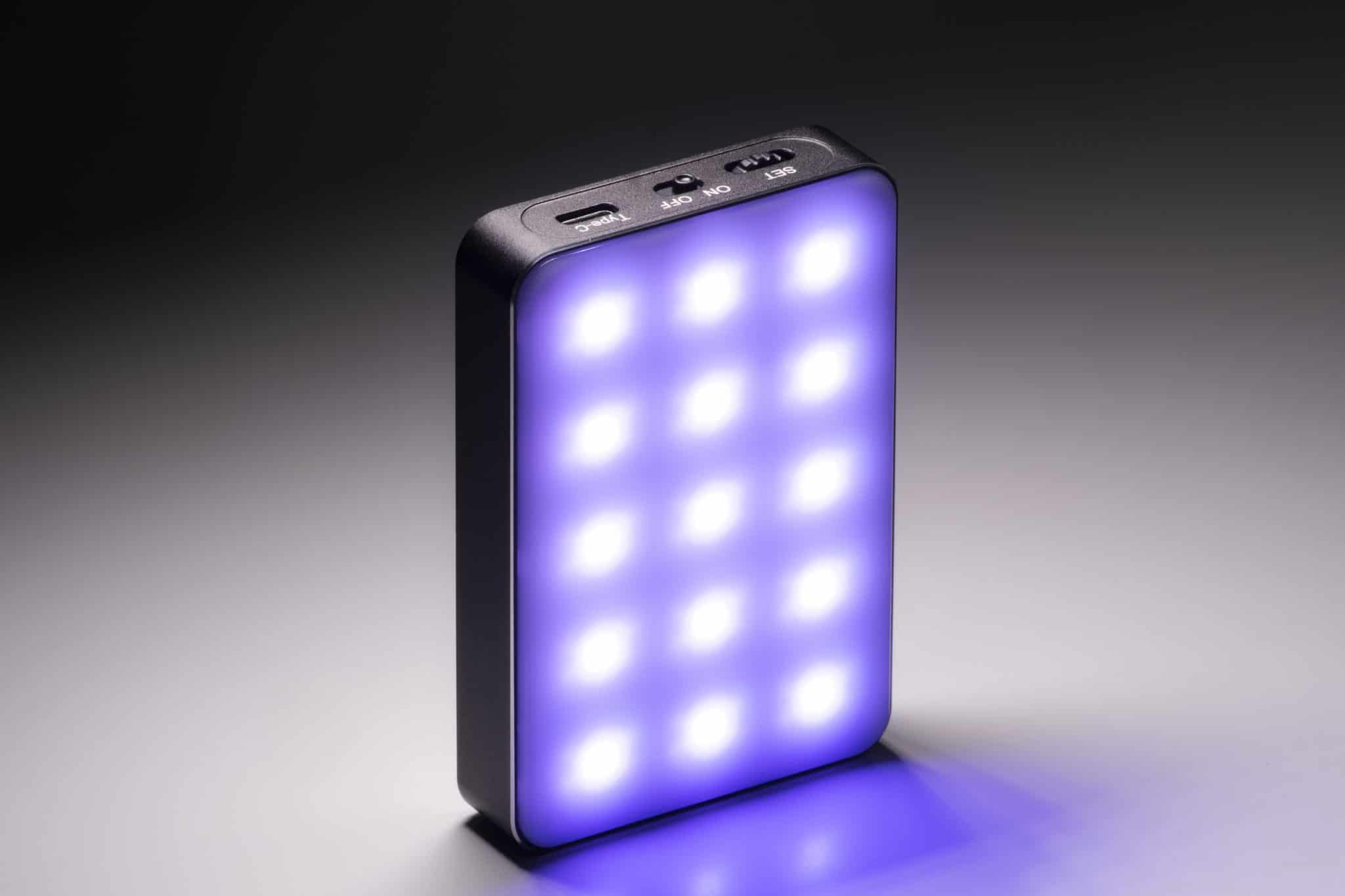In my next to last post I talked about an easy technique for getting tracking shots with a tripod. We got a lot of responses and many people said that using a monopod would be even better. I couldn’t really imagine how stable the shots would be so I thought I should give it a try. In the video below I talk about the monopod tracking shot technique:
Using a string or cord on the monopod seems to be the best method to swing the whole thing around. One of the problems is definitely the stability. The monopod has only a small area where it touches the ground. It happened a few times that while moving the monopod around the leg just flipped off the ground! Be careful when trying that technique because your camera and the monopod might hit the ground.
As I said at the end of the video, the benefits are clearly the weight and size compared to a regular tripod. If you’re a photographer who also shoots video with his DSLR and you usually only use monopod this might be a good tool for you. They are also much cheaper than tripods. To every low budget filmmaker: Use the tripod technique because of the stability of the two legs (I know a tripod has three legs but for moving it forwards and backwards you only need two).
I put the fluid video head on the monopod so I could hold the arm to get smoother shots. Panning while pulling and pushing the monopod forwards and backwards is nearly impossible because you can only focus on one thing – stability or panning – both at the same time lead to really shaky shots. This is really easy with a tripod so another important plus for the tripod technique.
How to focus?
Keeping your object in focus is important and one of the downsides of this technique because you need to have both hands on the monopod or tripod / fluid head. One solution is to film with deep depth of field to avoid having the wanted object only for a second in your focus area. Moving very slow would be another option but if you want to follow with the lens you have to have a focus puller – but let’s be honest – if you have a decent follow focus and somebody who can operate it you probably can also afford a sider! So there’s not a perfect solution to this problem.
For everybody who is wondering which lenses we used: Tokina 11-16mm F/2.8. This is our favorite ultra wide angle lens for crop sensor cameras. To get longer shots and a little bit more smoothness I recorded the sample clips in 1280×720 with 60 frames per second and slowed it down to 24 fps (slow motion) and scaled up to 1920×1080.
Written by Moritz Janisch
Let us know if you have tried the tracking shot technique. If yes, which method did you prefer?

